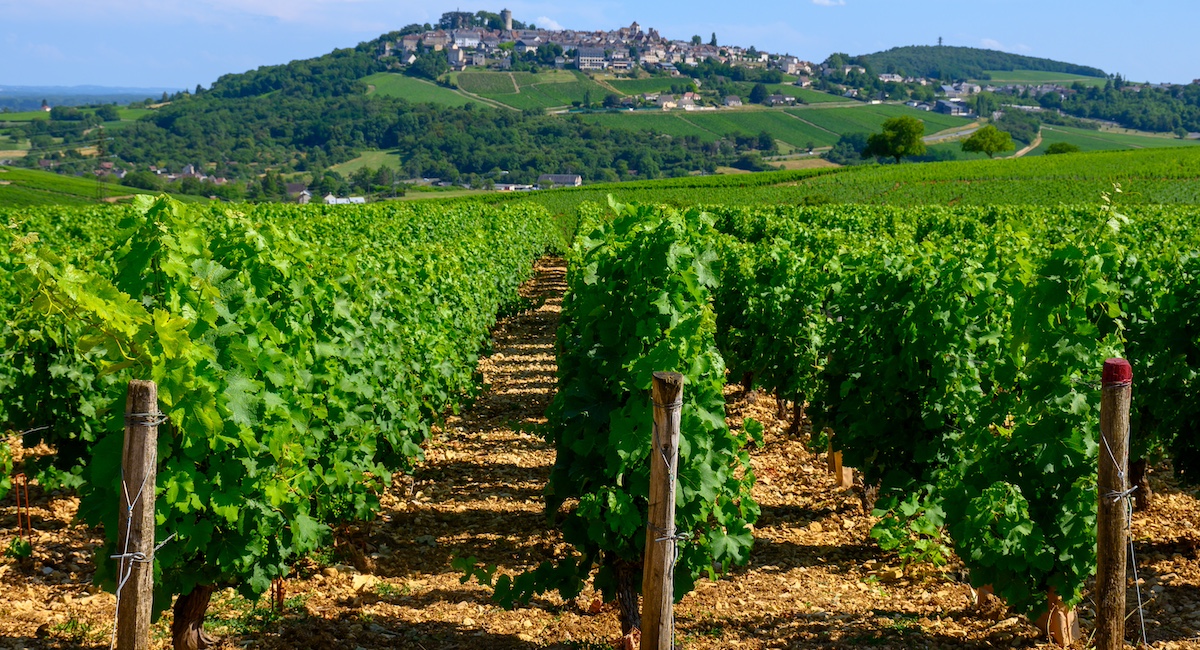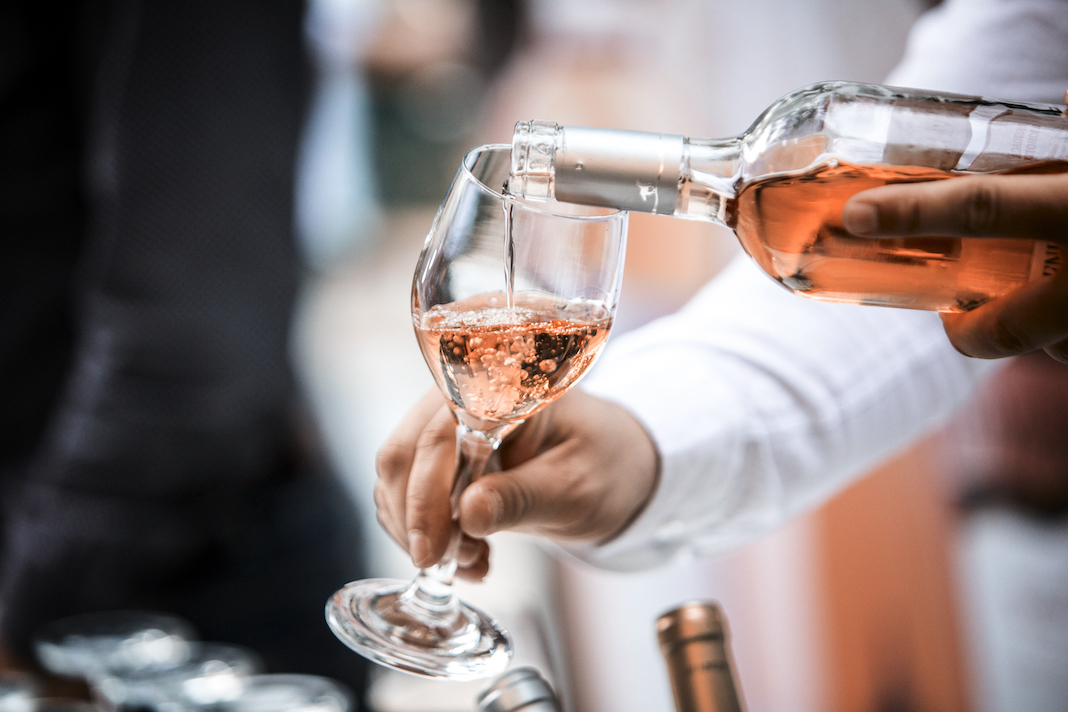

A newsletter sponsored/presented by:
Virginie Lejosne: Facilitate your integration into the Paris region.
I’ve written lately about some of my adventures in the Camargue, and on the Côte d’Azur, but my most recent trip to France actually began with a brief sojourn in the Loire Valley. I was invited for a press trip celebrating wines of the region, and will be sharing my recommendations for great Loire wines for the summer in the coming days. (I’ve also just published this guide to fun activities for wine lovers in the Loire Valley… because, as I learned from trying 380 wines in three days, there are only so many back to back wine tastings one person can handle.)
But before I get to the wines, I wanted to talk about where we stayed in the Loire: L’Abbaye de Fontevraud. This abbey, which was constructed in 1101, is an architectural marvel, a town-sized maze of cloisters, turrets, and charming tuffeau buildings filled with dramatic arched ceilings. It is surrounded by gardens full of chin-high artichokes and blush-pink roses, dotted with works of contemporary art that create a fascinating counterpoint to the Gothic and Romanesque structures that compose the abbey. (There is also a modern art museum on the complex.) The most fascinating of these buildings is a multi-tiered structure covered with scales, resembling a dragon, or, frankly, one of the abbey’s many artichokes. The building is thought to have been a kitchen, with its high, pointed ceilings serving as a smokehouse back in the Middle Ages. While parts of the abbey have been transformed into chic hotel rooms with all the appropriate modern amenities (no chamber pots here!), the hotel is minimally decorated, so as not to take away from the natural beauty of the cool stone rooms.
Our first night there, after nearly 24 hours of traveling, we received a tour of the abbey. While I was too wiped out to register most of the information at the time, I was impressed to learn about the incredible women who had made their mark on this space. Fontevraud Abbey was established by a rather eccentric preacher by the name of Robert d’Arbrissel, who constructed the complex as a sort of “ideal city,” where men, women, rich, and poor could reside together under the same code of piety and asceticism, whether they were lepers, sex workers, or royals. He declared that the entire abbey, men and women alike, would be overseen by a female superior, and that the Abbess would come from outside Fontevraud. (Typically, an Abbot would oversee a community of men, and an Abbess a community of women, so this was a big deal.) Though the practice of bringing an Abbess from outside didn’t last long, it was fundamental to the creation of Fontevraud as a place for learning, where members could expand their minds under the tutelage of a worldly Abbess.
Fontevraud quickly became the place for royals and nobles to send their daughters to be educated, including four of Louis XV’s youngest girls, and several generations of Bourbons. For centuries, the role of Abbess would often be passed from one family member to another, with many of these royal women leaving their own mark on the space, both intellectually and physically. Many of the frescoes in the abbey have had these important women “photoshopped” into important Biblical scenes (sometimes badly), and Louise de Bourbon in particular left her initials all over the place. Pay close attention to the tiles throughout the abbey and you’ll be sure to see “LB” wherever you go!
If you go to the Loire Valley, you’re going to hear a lot about Eleanor of Aquitaine, the 12th century Duchess who went on to become both Queen of France and Queen of England, due to her two high profile marriages. Eleanor retired to Fontevraud at the end of her life, eventually taking the veil before her death in 1204. You can find her burial place at Fontevraud, as well as her effigy, which pictures her reading a book. Even this is something of a slap in the face to patriarchal custom, as women in the abbey were not supposed to read, and this pose would be more commonly found in effigies for devout male religious leaders.
But women in Fontevraud tended to have their way. Under the rule of 36 abbesses, including the “Pearl of the Abbesses,” Gabrielle Rochechouart, Fontevraud served as a vibrant educational and religious hub for nearly 700 years. It was then seized during the French Revolution and converted into a prison, but was thankfully later repurposed again into the beautiful complex it is today, complete with a hotel, a restaurant run by a Michelin-starred chef, an art museum, and a vibrant program of cultural events. I would recommend the Abbaye de Fontevraud to anyone staying in the Loire, both as a destination in itself, and a great jumping point from which to explore this picturesque pastoral region.
Ciao,
Catherine Rickman
Editor-in-Chief, Frenchly
Stay in touch! I’d love to hear from you: [email protected].
Nouvelles
Business Directories

Are you interested in promoting your business to Francophiles in the U.S.? Please contact us.






